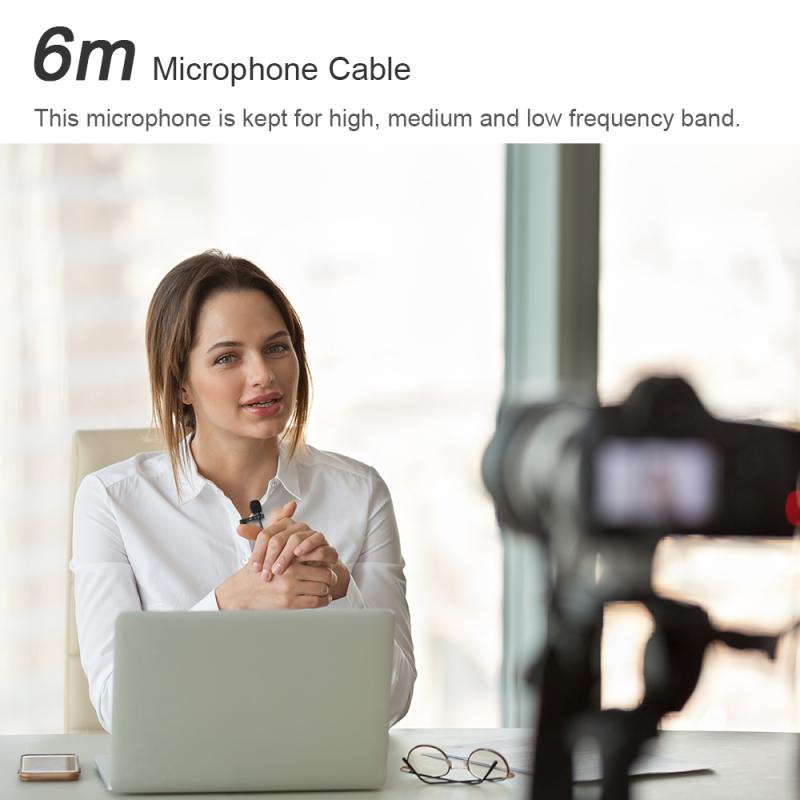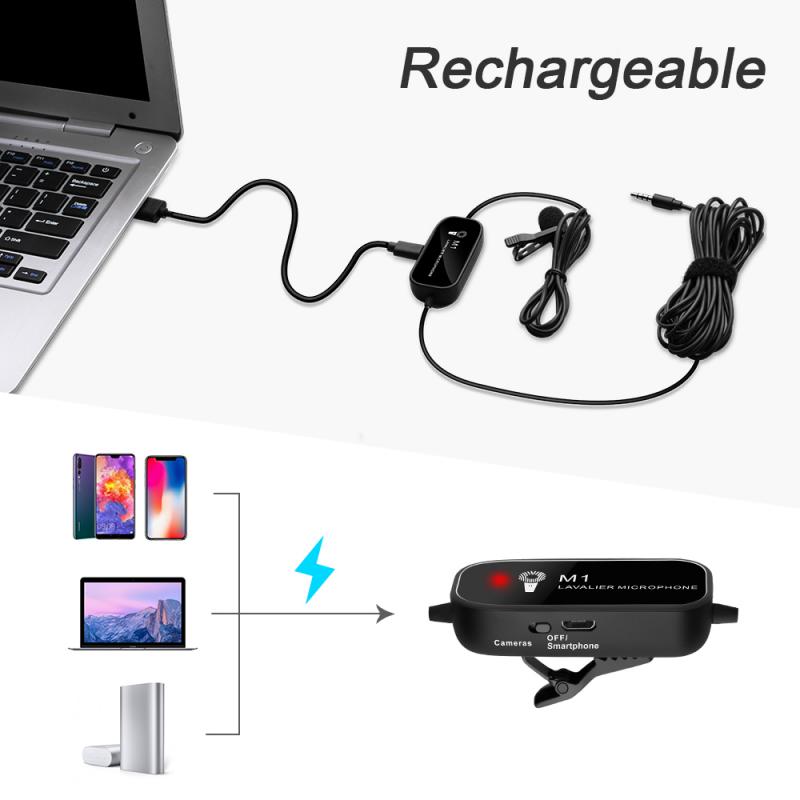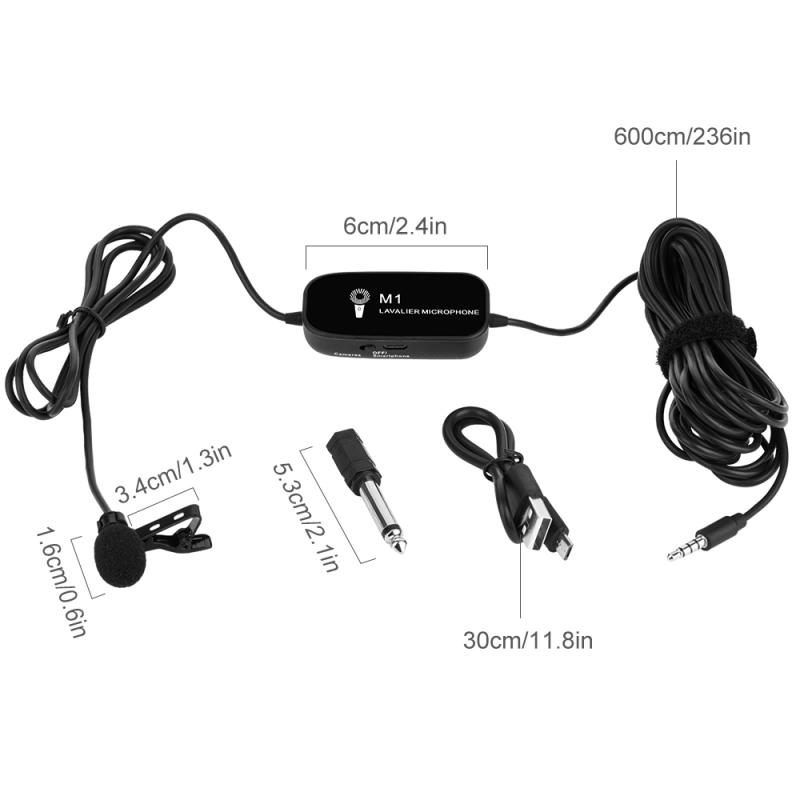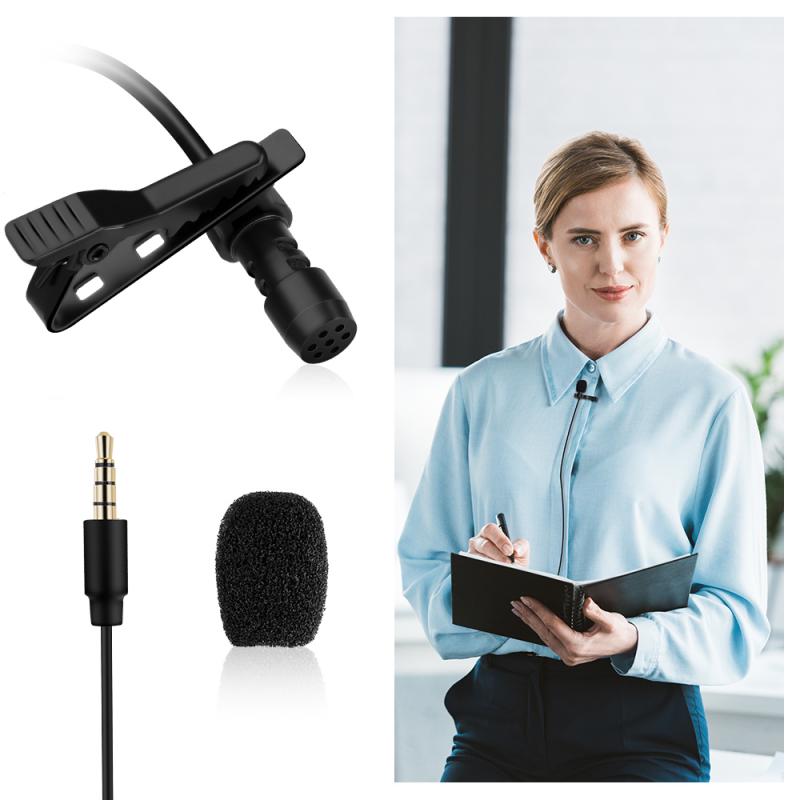How To Turn Audio Recording Into Text?
In an era where information is not only abundant but increasingly presented in multimedia formats, the ability to convert audio recordings into text is becoming essential for both personal and professional activities. Whether you're a journalist transcribing interviews, a student making notes from lectures, or a business professional capturing meeting details, converting audio recordings into text can save time and create valuable written documentation that aids in record-keeping, dissemination, and analysis.
In this article, we will delve into the methods of transforming audio recordings into text, examining various tools and techniques, and evaluating them in terms of accuracy, usability, and cost-effectiveness. Additionally, we'll discuss practical tips and considerations to ensure high-quality transcription results.
Tools and Methods for Audio Transcription

There are several methods and tools available for converting audio recordings into text. These methods generally fall into two categories: manual transcription and automated transcription.
Manual Transcription

Manual transcription involves listening to the audio recording and typing out what is heard. This method, albeit time-consuming, ensures high accuracy as human transcribers can detect nuances in speech, understand context, and make judgments about unclear words. Here are two main setups for manual transcription:
1. DIY Transcription: This approach involves doing it yourself using standard text software like Microsoft Word or Google Docs while playing audio on a different device or using transcription software like Express Scribe that allows you to control audio playback with hotkeys.
2. Human Transcription Services: Various professional services employ human transcribers to manually transcribe audio recordings. These services, like Rev or TranscribeMe, offer high accuracy and can handle complex files with multiple speakers or heavy accents. The downside is the cost, which can vary based on turnaround time and file complexity.
Automated Transcription

Automated transcription uses AI and machine learning to convert speech to text. As technology advances, automated transcription services have become more accurate and user-friendly. Here are the key types of automated solutions:
1. Speech Recognition Software: Tools like IBM Watson Speech to Text, Google Speech-to-Text API, and Microsoft Azure Speech Service offer advanced features for developers and enterprises. They require some tech savviness to integrate into existing systems.
2. Dedicated Transcription Apps: Apps like Otter.ai, Temi, and Trint provide easy-to-use interfaces for uploading audio files and receiving text transcriptions. These tools leverage AI to deliver reasonably accurate transcriptions and also allow users to edit errors directly within the app interface.
3. Built-in Tools: Some modern devices and software applications offer built-in audio transcription features. For example, Google's Gboard offers a voice typing feature, and Apple's dictation function can transcribe speech directly on iOS devices.
Choosing the Right Method

Selecting the best method for transcribing your audio recordings depends on several factors including the quality of the audio, the importance of accuracy, the time available, and the budget.
Audio Quality
High-quality audio is essential for accurate transcription. Background noise, multiple speakers, and heavy accents can challenge even the best transcribers—human or machine. If audio quality is less than ideal, human transcription services might be necessary to ensure precision.
Importance of Accuracy
For legal, academic, or professional purposes where precision is critical, you may prefer human transcription or high-end AI solutions that offer post-editing by professionals. Conversely, for more general needs, automated tools could provide a sufficiently accurate solution.
Time Constraints
Automated tools are typically much faster than manual services. If you need quick turnaround, automated transcription might be the only feasible option. However, for most services, you can specify the level of urgency you require.
Budget Considerations
While manual transcription services generally incur higher costs, automated tools can be very affordable, often offering different pricing tiers based on the amount of transcription required. Free options also exist for limited use, although they may come with restrictions on usage or quality.
Best Practices for Audio Transcription
To enhance the effectiveness of transforming audio recordings into text, consider the following best practices:
1. Prepare High-Quality Audio Files: Use high-quality recording equipment and ensure the environment is conducive to recording with minimal background noise.
2. Use Noise Reduction Techniques: Before transcription, use audio editing software like Audacity to clean up recordings and reduce background noise, which can significantly improve automated transcription accuracy.
3. Choose the Right Tool: Select a transcription method that aligns with your needs. Consider trying multiple solutions to see which one provides the most satisfactory results for your specific requirements.
4. Review and Edit Transcriptions: Especially when using automated tools, it's important to review the transcribed text for accuracy and make necessary edits. Many applications offer easy editing features in their interfaces.
5. Utilize Additional Features: Take advantage of add-ons like speaker identification and timestamps offered by many transcription services, which add significant value, particularly for professional or complex recordings.
Future Trends in Audio Transcription
The field of transcription is rapidly evolving with advancements in natural language processing and artificial intelligence. Future trends likely to shape the transcription landscape include:
1. Enhanced AI Accuracy: Continuous improvements in AI algorithms will lead to even higher transcription accuracy, making automated tools more reliable for diverse use cases.
2. Real-time Transcription: With increasing demand for live transcription services, technologies enabling real-time speech recognition and text conversion will become more prevalent and sophisticated.
3. Integration with Other Tools: As collaboration and remote work tools become more integrated, expect enhanced transcription services within these platforms, allowing for seamless recording, transcription, and dissemination of information.
In conclusion, converting audio recordings to text is a multifaceted process with several tools and methods at your disposal. By understanding the pros and cons of each method and carefully selecting the one that best suits your needs, you can efficiently create accurate transcriptions that serve your objectives, whether they be professional documentation, academic study, or personal organization. As technology continues to develop, the options and quality of transcription services will undoubtedly expand, further simplifying this essential task.
